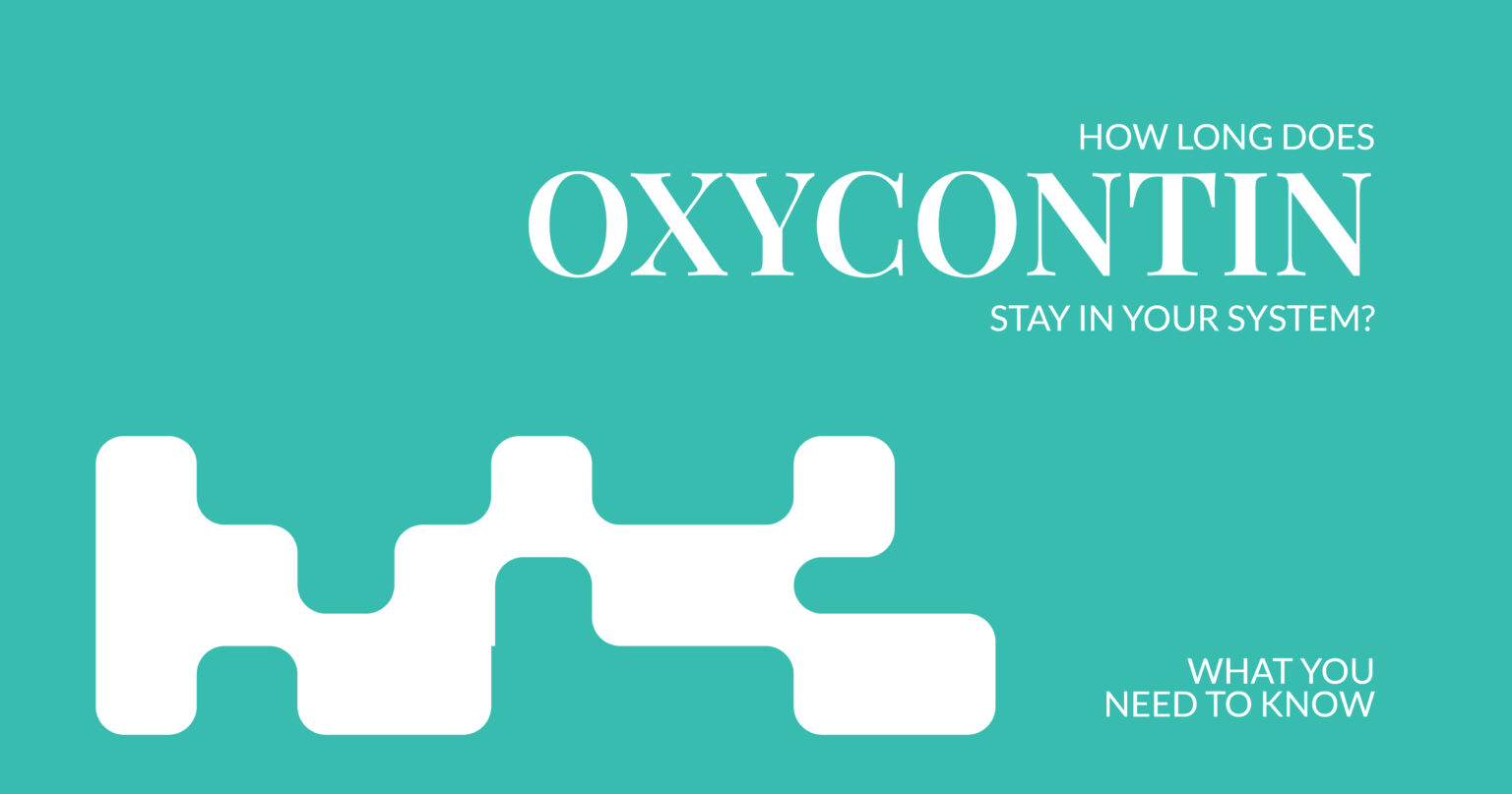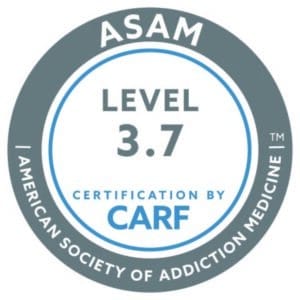M336 Pill: Uses, Risks, and Safety Information
The M336 pill is a capsule-shaped white tablet used to relieve moderate to severe pain. It contains a combination of hydrocodone and acetaminophen tablets, making it effective for short-term and long-term pain management. However, due to its interaction with opioid receptors, there is a potential risk of addiction, dependence, and overdose. Understanding its active ingredients, potential side effects, and safe usage can help prevent serious health complications.
What is the M336 Pill?
The M336 pill is an oral dose medication that contains hydrocodone bitartrate and acetaminophen. These active ingredients work together to provide pain relief. Hydrocodone acts on G-protein coupled receptors in the brain, altering pain perception, while acetaminophen reduces fever and inflammation.
In addition to its active components, the M336 pill contains inactive ingredients such as silicon dioxide and other compounds that help maintain its structural formula and absorption.
Mechanism of Action
The effects of hydrocodone are primarily mediated through its binding to opioid receptors in the central nervous system. This triggers a response in the G-Protein Linked Receptor Facts Book, leading to reduced pain signals. However, dose-related respiratory depression is a serious concern, especially in individuals with underlying health conditions.
Uses of the M336 Pill

Acute and Chronic Pain Management
The M336 pill is commonly prescribed for pathological conditions that cause significant pain, including post-surgical recovery, injuries, and chronic conditions like arthritis. Long-term use is generally avoided unless necessary due to the potential effects of dependence and withdrawal.
Dosage Guidelines
Recommended Dosage and Adjustments
A mgOne tablet dose is typically taken every 4 to 6 hours as needed for pain relief. However, dose selection should be done carefully, considering risk factors such as age, liver function, and concurrent medications.
Patients with conditions like essential hypertension or mild hypertension may require modified doses to avoid complications. Pregnant women should only use this medication under stringent conditions due to potential harm to the fetus.
Potential Side Effects

Common and Serious Side Effects
The M336 pill can cause adverse effects, including nausea, dizziness, mental clouding, and psychic dependence with prolonged use. More severe reactions, such as shallow breathing, a decrease in respiratory rate, and confusion, require immediate medical attention.
Risks and Warnings
Addiction and Overdose Risks
The M336 pill carries a high risk of physical dependence and hydrocodone overdose, especially when misused. An overdose with hydrocodone can cause extreme drowsiness, slowed breathing, and loss of consciousness.
Respiratory Depression and Other Concerns
One of the most dangerous potential effects of the M336 pill is dose-related respiratory depression, which can lead to coma or death. Patients with compromised lung function should avoid this medication or use it under strict supervision.
Safe Storage and Disposal
To prevent misuse, store the M336 pill in a locked cabinet away from children and individuals with a history of substance abuse. Unused medication should be disposed of through a drug take-back program or mixed with undesirable substances before discarding.
Drug Interactions
Alcohol and Medication Interactions
Combining the M336 pill with alcohol can significantly increase the risk of respiratory depression and risk of stroke. It also interacts with benzodiazepines, antidepressants, and other opioids, increasing the likelihood of severe side effects.
Comparing the M336 Pill to Similar Treatments
The M367 pill is another combination of hydrocodone and acetaminophen, but with a slightly lower acetaminophen content. Both medications share similar effectiveness, but the M336 pill may pose a greater potential risk of liver toxicity due to its higher acetaminophen dosage.
Awareness and Responsible Use
To minimize the risks associated with the M336 pill:
- Follow the prescribed dosage carefully.
- Avoid mixing with alcohol or other depressants.
- Be aware of the potential effects of addiction and dependence.
- Seek medical attention if experiencing severe side effects.
By using the M336 pill responsibly, patients can manage pain effectively while reducing the potential risk of severe health complications.
Frequently Asked Question's
The M336 pill is prescribed for moderate to severe pain relief. It contains a combination of hydrocodone and acetaminophen tablets, which work together to reduce pain and discomfort. It is often used after surgery, for injury-related pain, or for chronic conditions like arthritis. However, due to its potential risk of addiction and physical dependence, it should only be taken under a doctor’s supervision.
Taking more than the prescribed dose can lead to hydrocodone overdose, which may cause shallow breathing, decreased respiratory rate, and loss of consciousness. High doses of acetaminophen tablets can also cause liver damage. Overdose with hydrocodone requires immediate medical attention to prevent life-threatening complications.
The M336 pill interacts with various medications, including benzodiazepines, antidepressants, and alcohol, increasing the risk of dose-related respiratory depression. It may also affect medications used to manage conditions like essential hypertension or mild hypertension. Always inform your doctor about any medications you are taking to avoid harmful drug interactions.
To prevent misuse, store the M336 pill in a secure, dry place away from children and individuals with a history of substance abuse. Disposal should follow stringent conditions: use a drug take-back program if available or mix unused pills with undesirable substances like coffee grounds before sealing them in a plastic bag and discarding them in the trash. Do not flush them down the toilet unless instructed by the medication label.












